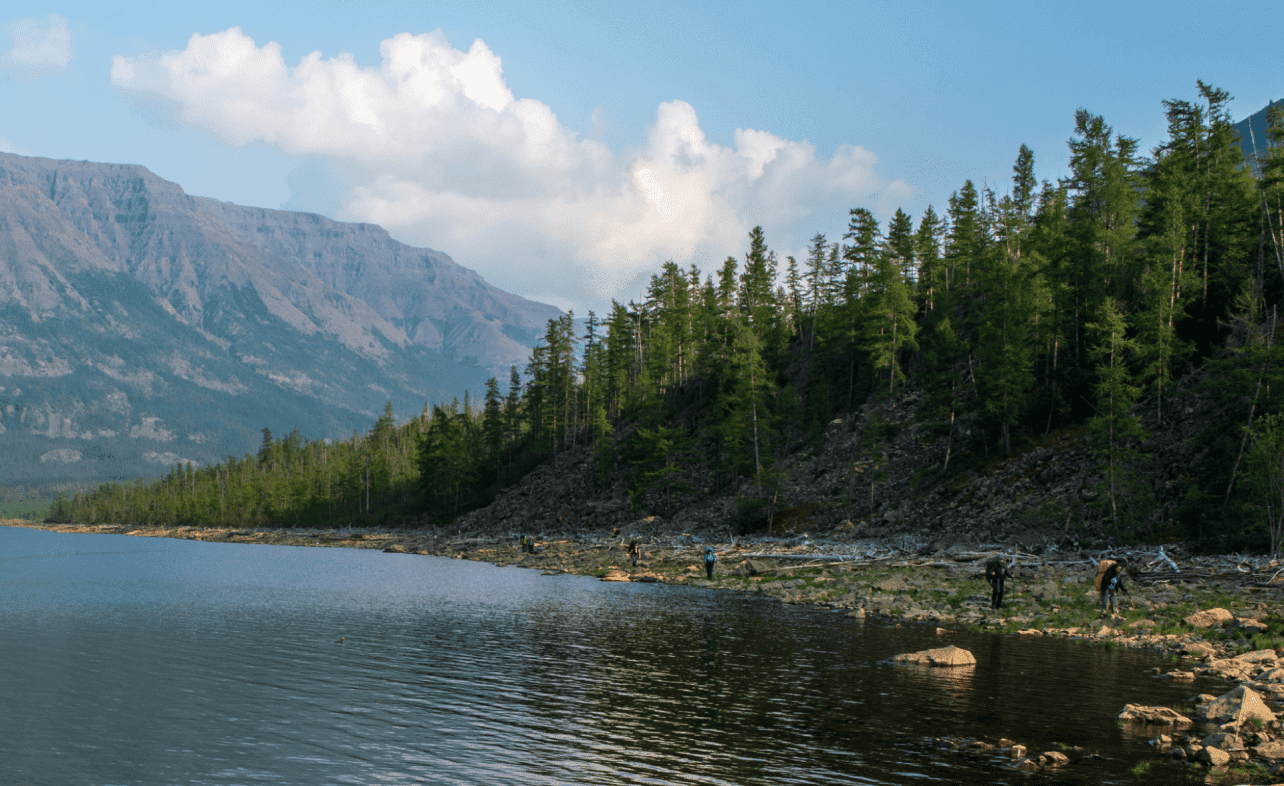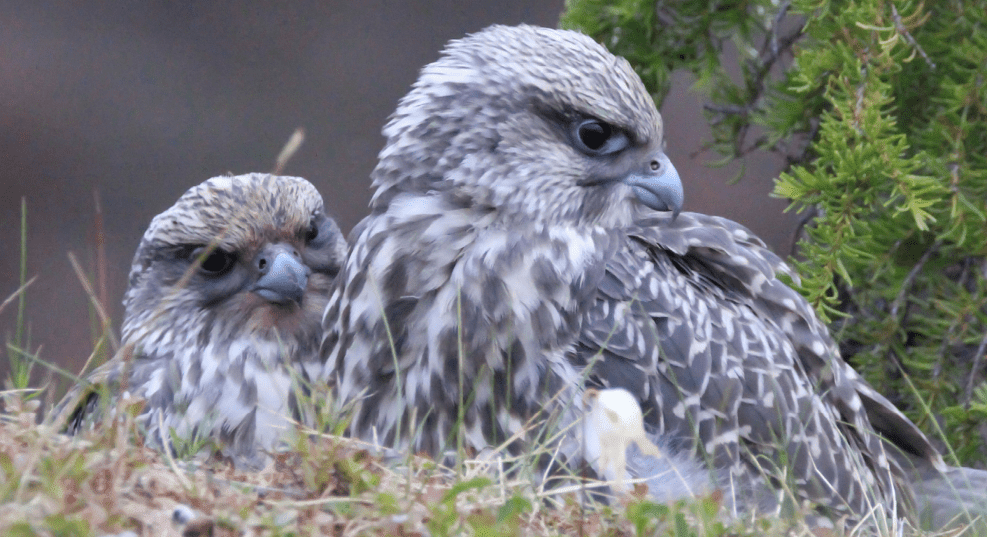Enviromental management
Nornickel is engaged in ongoing efforts to reduce the negative environmental impact of its operations. Environmental management responsibilities are distributed among different governance bodies of Nornickel in line with their competencies.
Nornickel has the Environmental and Climate Change Strategy through 2031 approved by the Company's Board of Directors. The document covers six main areas of environmental footprint – climate change, air, water, tailings and waste, land and biodiversity – as well as organisational and methodological aspect of the development of corporate sustainability management practices. The strategy is designed to meet stakeholders’ expectations, engage them and communicate with them in the implementation process.

In addition to the Strategy and divisional programmes, Nornickel relies on a number of environmental regulations.
Key environmental policies are subject to approval by the Board of Directors, as well as regular review and improvement. Trainings on policies and regulations are held in line with annual (quarterly) training plans of respective units.
When planning its operations and in the course of its production activities, Nornickel complies with the applicable Russian environmental laws and regulations. During a state expert review, design documents and results of engineering surveys for all the ongoing projects undergo mandatory assessment for compliance with the applicable laws.
Environmental management system
Since 2005, Nornickel has been operating an Environmental Management System. The System enables the Company to harmonise environmental and quality management initiatives with the operations of other functions (such as production management, finance, and safety) and enhance its overall performance along with environmental safety.
The auditors of Bureau Veritas Certification (BVC), an international certification body, conduct surveillance audits once a year and recertification audits once every three years to confirm compliance of the Company’s Environmental Management System with ISO 14001:2015. The 2021 recertification audit confirmed the Company's compliance with ISO 14001:2015 and awarded a certificate for a new (sixth) certification period. The second surveillance audit of the sixth certification period was conducted in November 2022. According to the auditors’ conclusions, the Company ensured successful implementation, maintenance, and constant improvement of the Corporate Integrated Management System, and confirmed compliance with ISO 14001:2015.
Precautionary approach GRI 2-23
Nornickel assesses potential impact of the Company's operations. In accordance with its Investment Project Risk Management Regulations, Nornickel analyses risks and assesses impacts and potential consequences using qualified expert review during both project planning and implementation. If the analysis identifies any material risks, mitigation initiatives are developed, and a decision may be taken to abandon the project.
Stakeholder engagement on environmental issues
Environmental issues, including efforts to reduce Nornickel's environmental footprint, are constantly on the agenda of the Company and stakeholders. All internal and public events feature environmental discussions.
In 2022, the following items were on the agenda of various forums and platforms:
- implementation of the Environmental and Climate Change Strategy;
- implementation of the Company’s environmental programmes and initiatives;
- improvement of environmental laws and regulations;
- decarbonisation and sustainable development;
- sharing of best practices in environmental protection;
- industrial ecology problems;
- results of the Big Scientific Expedition;
- preservation of ecosystems across the footprint of production sites.
In October–December 2022, Nornickel and the Siberian Branch of the Russian Academy of Sciences held a series of public meetings to present the results of biodiversity surveys conducted near the Company's mining, production, energy and logistics facilities. The meetings took the form of a dialogue, with scientists and Nornickel representatives sharing the results of their work and answering all the questions from those present, while also recording stakeholders’ expectations. The public meetings at regional civic chambers were open to all residents and organisations that wished to attend subject to prior registration on the Civic Chamber's platform.
In 2022, Nornickel entered into two agreements with the Russian Ministry of Natural Resources and Environment as part of the federal Biodiversity Conservation and Ecotourism Development project – one to protect the population of an endangered bird species of the Falconidae family, the gyrfalcon, and the other for the conservation and restoration of the polar bear population.
In the reporting year, Nornickel also signed two agreements with the Federal Service for Supervision of Natural Resources (Rosprirodnadzor) aimed at preserving the environment and ensuring environmental safety. The first agreement provides for the exchange of information and joint implementation of environmental initiatives. The second one relates to a pilot project, first of its kind in Russia, and covers the provision of support and advice by Rosprirodnadzor on Nornickel’s high-potential investment projects.

Environmental protection expenditures
In 2022, the increase in current environmental expenditures was caused by higher costs of operating the surface backfilling preparation complexes at Polar Division.
Charges for permissible and surplus emissions (effluents) and disposal of production and consumption waste, RUB bn
The increase in pollution charges was caused by the recovery of processing volumes of copper and nickel feedstock from Norilsk Division mines after their suspension due to flooding in 2021 and a higher sulphur content in the incoming feedstock.
The charge increase is also due to a greater volume of the disposal of construction and renovation waste generated by the programme on land clean-up
Capital investments to ensure environmental protection and sustainable use of natural resources, RUB bn
The increase in investments in 2022 is due to the active construction phase at the Sulphur Programme.
Charges paid by the Company to remedy damages arising from noncompliance with environmental laws (excluding environmental fines)RUB 146 bn paid in 2021 is the fine for the fuel spill at NTEC’s CHP-3, which occurred in 2020, RUB mln
In 2022, penalties imposed for the damage caused by violation of environmental laws totalled around RUB 236 mln, of which the largest was the charge for damage to water bodies (lakes No. 1 and No. 2 near the Tukhard settlement) resulting from an aviation fuel spill of 2020.